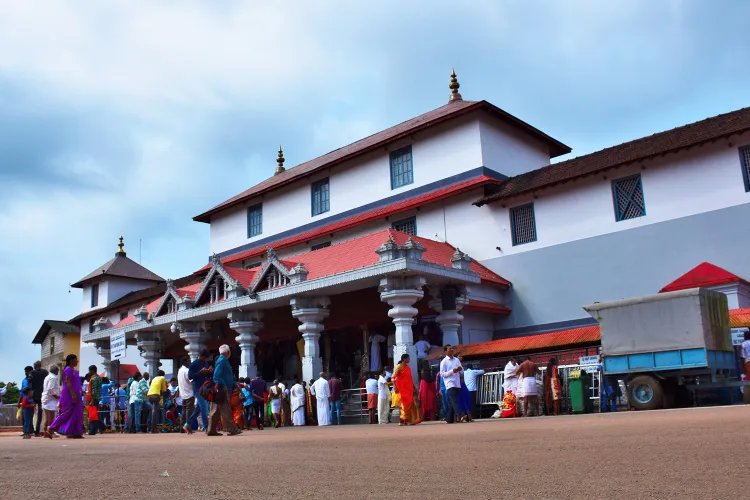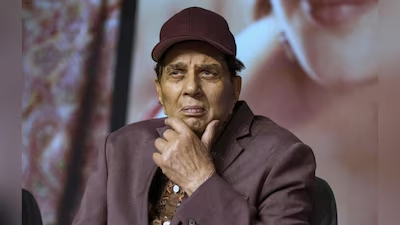Dharmasthala: A Sacred Institution Under Fire
For centuries, Dharmasthala in Karnataka has been more than just a temple-town—it is a living symbol of Hindu faith, charity, and dharmic tradition. Managed by the revered Heggade family, the town is renowned for its unique blend of Shaiva, Vaishnava, and Jain practices, along with its social welfare programs like free meals, education, and healthcare. To millions of devotees, Dharmasthala is not only a spiritual hub but also a humanitarian centre. This makes the recent wave of allegations all the more shocking and politically charged.
The Allegations and the Media Storm
In mid-2025, a former sanitation worker alleged that he was forced to bury the bodies of hundreds of women and minors inside temple lands between 1995 and 2014. The claims were explosive: rape, murder, and mass burials in a place considered holy. These allegations spread like wildfire across news outlets and social media platforms. International publications even picked up the story, casting Dharmasthala in a dark shadow before any official confirmation.
The SIT Probe and Perjury Twist
The Karnataka government promptly formed a Special Investigation Team (SIT) to investigate the matter. Excavations were conducted at multiple suspected burial sites, and skeletal remains were recovered at two locations. However, no evidence supported the scale of the mass crime alleged. Soon after, the supposed whistleblower was arrested for perjury and fabricating evidence, with reports suggesting he may have been part of a larger conspiracy. This development cast serious doubts on the credibility of the original claims.
The ‘Left Ecosystem’ Accusation
BJP leaders, VHP, and pro-Hindu organizations argue that this entire episode is not random but part of a deliberate campaign by an anti-Hindu Left ecosystem. They allege that leftist activists, urban naxals, and ideological opponents are weaponizing misinformation to discredit Hindu religious institutions. By targeting Dharmasthala, they argue, the Left intends to weaken Hindu cultural pride, create mistrust among devotees, and influence public perception ahead of political contests.
Social media amplified these suspicions, with coordinated campaigns and viral posts framing Dharmasthala as a site of horror. For pro-Hindu groups, this pointed to a familiar pattern: defame, delegitimize, and destabilize dharmic institutions under the guise of activism.
The Left’s Counter-Narrative
On the other side, Left and secular groups argue that the BJP is politicizing the controversy to consolidate Hindu votes. CPI(M) leaders accused the ruling dispensation of misleading the SIT probe and using the Dharmasthala controversy as a tool to polarize society. For them, the real issue is transparency and justice, while the BJP’s narrative is seen as a diversionary tactic to silence dissent and criticism.
Political Polarization at Its Peak
What should have been a matter of investigation and truth-finding has turned into an ideological battlefield. The BJP and Hindu groups demand an NIA probe, framing the issue as an attack on Hinduism itself. The Left insists it is a question of accountability and sees the BJP’s reaction as opportunistic politics. The Congress government in Karnataka, caught in the middle, is struggling to maintain neutrality while balancing public sentiment and investigative integrity.
Beyond Dharmasthala: A Pattern of Attacks?
For pro-Hindu voices, Dharmasthala is not an isolated case. They point to a larger pattern—from Sabarimala controversies to narratives around Kashi and Mathura—where Hindu temples and traditions face sustained ideological assault. They argue that these are not isolated incidents but part of a broader attempt to erode faith and weaken Hindu civilizational institutions.
Truth vs. Narratives
At this stage, the truth remains buried under political mudslinging. The SIT is still investigating, and the final word is yet to come. But one thing is clear: Dharmasthala’s sanctity has already been bruised, not only by allegations but by the war of narratives. To many Hindus, this controversy feels less like a pursuit of justice and more like a coordinated effort to tarnish a sacred symbol of faith.
FOR MORE BLOGS – beyondthepunchlines.com

 Add to favorites
Add to favorites








